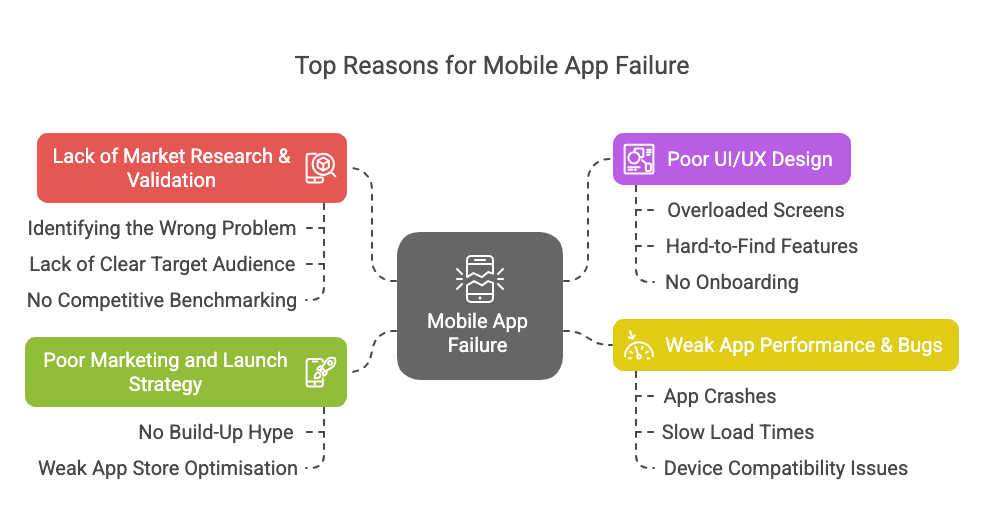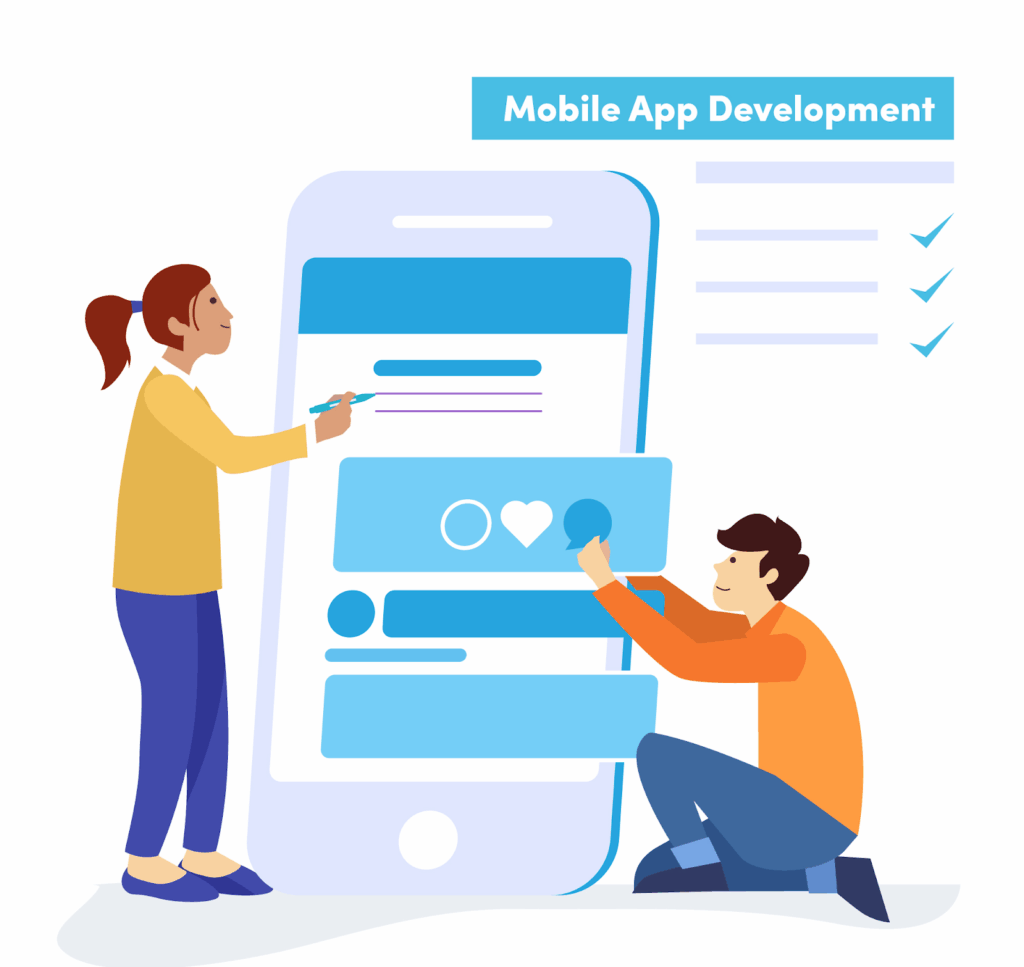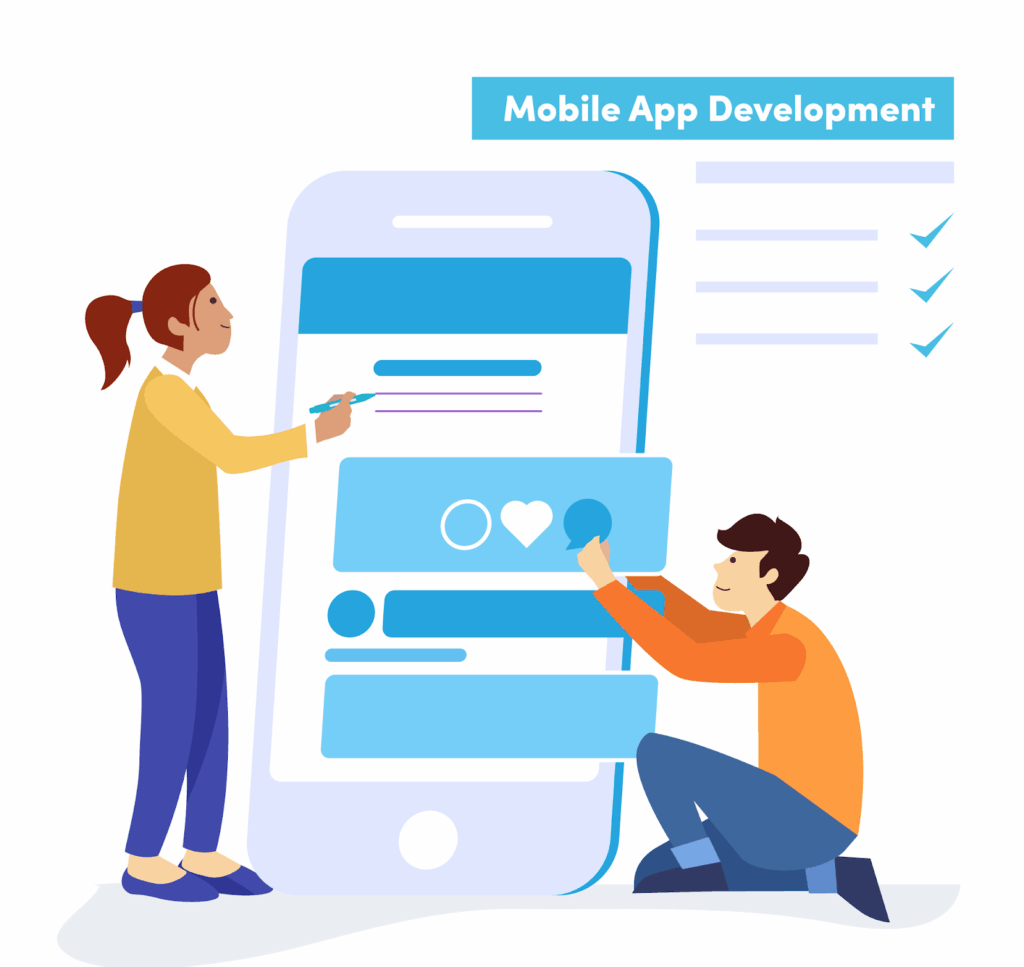|
Getting your Trinity Audio player ready...
|
Of course, it’s exciting when an app is launched. But here is the bitter truth: over 90 percent of mobile apps are bound to fail within their first year.
“This is quite shocking,” says every entrepreneur or founder that comes across this statement. Poor ideas are not to blame for such statistics; poor execution is. Developing a word-defining app does not make your app a success. Understanding the market, user experience, performance, monetization efforts, and post-launch strategy together creates a complete picture of development. The best apps do root research, put design thinking in place, and then add data-driven improvements to top it off.
This blog will study the reasons why so many mobile apps fail and, more importantly, how to avoid such failures. From validating the product right up to post-launch care, Esferasoft has a strategic approach to making ideas yield sustainable success.
Defining App Failure: It’s More Than Just Low Downloads
Almost always, an application does not fail dramatically. Usually, it happens quietly—with a slow process of withdrawal, an increasing number of negative reviews, and a gradually disappearing ROI.
This is normally what app failure looks like:
- Low Downloads: When a user doesn’t download the app, the visibility value is zero.
- High Churn: A user may download your app but uninstall it within days if he doesn’t see the value.
- Negative ROI: Not to mention how much a budget would be drained from a development project without returns.
- App Store Penalty: Platform-specific policy violations or bad scoring can take your app down.
- Business Stillborn: Some applications simply disappear after launch and cease to evolve. Eventually, they fade away.
Let’s examine the common core errors that underlie all those various failure forms.
Top Reasons Why Mobile Apps Fail

A. Lack of Market Research & Validation
A brilliant idea may not be successful if it is not understood or wanted by the market.
- Identifying the Wrong Problem with Incorrect Assumptions: Many apps are developed based on assumptions instead of evidence. Without validation, you risk building a solution that no one needs.
- Lack of Clear Target Audience: Poor personas often lead to features and designs that do not connect with users.
- No Competitive Benchmarking: Failing to analyze one’s competitors leaves one blind to market standards and opportunities.
Before building anything, it’s critical to validate your app idea with surveys, MVP testing, etc., including competitor analysis.
B. Poor UI/UX Design
Your application might work perfectly, but when it comes to being intuitive, a user isn’t sticking around.
- Overloaded Screens: Too many elements make apps feel chaotic.
- Features Have the Screens Make Screens Hard-to-Find: Frustration increases with a combination of confusing menus and poor navigation.
- No Onboarding: Users need guidance when using it for the first time. Without guidance, many will not come back. UI/UX is not a “nice” thing to have; it is a core driver of engagement, retention, and referrals.
C. Weak App Performance & Bugs
Don’t let them wait for anything or make them crash; both lead to the quickest and best way to lose the user.
- App Crashes: To crash your application before the user, they have the least chance of accessing your app afterward for a period of one or two crashes.
- Slow Load Times: More than a few seconds of delay usually results in abandoning the app.
- Device Compatibility Issues: As the application should work under different sizes of screens, resolutions, and operating systems, in the mobile space, technical excellence is a needful thing.
D. Poor Marketing and Launch Strategy
It happens a lot; terrific products sell themselves, but apps need real go-to-market plans.
- No Build-Up Hype or Pre-Launch: Most users don’t just stumble upon apps. You need to have campaigns in place to draw them in.
- Weak App Store Optimisation (ASO): Don’t expect much ranking in any searches if the title, keywords, and description are not optimized.
- No Growth Loops: Referral incentives, social sharing, and influencer strategies drive visibility and downloads. Your app’s success depends upon people knowing it exists and wanting to use it.
E. Monetization Without Strategy
The revenue is crucial. However, introducing it prematurely is likely to destroy trust and engagement.
- Intrusive Ads: People hate these kinds of advertisements, especially when they appear before the real value arrives to their view.
- Complicated Paywalls: What is free and what is premium remains unclear; if there is monetization, users will leave.
- No Freemium Planning: Freemium works, considering that the free version delivers enough utility to justify their paid upgrade.
Your monetization model must grow with your user base and not scare them away.
F. Failure to Retain Users
Acquiring users is one thing; keeping them is another.
- Lack of Push Notifications: Reminders, offers, and announcements of new features bring users back.
- Stale Experience: Apps just require any new addition, like new features, improvements, or cosmetic changes, to keep a user’s interest alive.
- No Engagement Strategy: Drop by the interest if there are no gamification, rewards, or community features.
Retention metrics like 7-day and 30-day user activity offer much better predictions for long-term success than download figures alone.
G. Budget Overruns Professional and Poor Planning
Many apps run out of money before they reach product-market fit.
- Underestimating Maintenance: All require money — hiring, hosting, bug fixes, updates, and analytics that an application requires.
- Lack of Roadmap Clarity: Unplanned pivots and feature creep suddenly add unexpected costs and delays.
- No MVP Mindset: This leads to larger budgets and slower timelines by trying to launch with all features.
The smarter path? Lean launch, fast iteration, and wise scaling.
Lessons from Real-World App Failures
Quibi: Big Budget, No Product-Market Fit
Despite having a budget of $1.75 billion and plenty of star power, Quibi lasted for less than a year. Mistake? The error was in the translation of user behavior. People did not want mobile-only content that was not shareable or viewable on larger screens.
Takeaway: Even massive funding can’t replace validation.
The Google Allo: Wonderful Technology, Wrong Time
Despite boasting all AI enhancements and a beautiful UI, this smart messaging app from Google failed to make a significant impact due to its late release in an already saturated market. It never created any waves.
Takeaway: Timing and differentiation are equally important features in making a product successful.
Yik Yak: Viral App Without Safety Net
Yik Yak experienced massive growth in the college crowd but did not moderate dangerous content, resulting in controversies and a permanent shutdown.
Takeaway: Today, users expect trust and safety from the app itself.
How to Ensure Your App Doesn’t Fail

Avoiding failure isn’t luck—it’s structure. Here’s what we recommend:
- Do Real Market Research: Use interviews, surveys, keyword tools, and competitor reviews.
- Launch an MVP First: Strip down to the core value. Test fast. Learn quickly.
- Invest in Great Design: Prioritise simplicity, accessibility, and emotional connection.
- Build for Performance: optimize loading speeds, screen transitions, and responsiveness.
- Have a Go-To-Market Plan: Start building buzz at least 30–60 days before launch.
- Prioritise Retention Features: In-app messaging, rewards, push notifications, and user feedback forms.
- Plan for Post-Launch: Budget for monthly updates, performance monitoring, and customer support.
Apps that grow are apps that evolve.
Why Partnering with the Right App Development Company Matters
Esferasoft stands in a unique position regarding implementation.
We do not just develop applications. We develop strategies for applications. From concept to launch, our team walks with you through each phase of product development.
Our Method:
- Discovery and Research: We validate your idea before writing even one line of code.
- Custom UI/UX Design: What our designers build will be elegant yet friction-free.
- Performance-First Development: Built with modern frontend frameworks like React Native and Flutter, with Node.js, Laravel, or Firebase for a scalable backend.
- Launch Support: We provide assistance with ASO, social media strategy, and influencer campaigns to ensure a successful launch.
- Analytics-Driven Iteration: We help you analyze user behavior and support decision-making with real data.
- Long-Term Partnerships: Maintenance plans, feature additions, and growth marketing —support you post-launch.
Conclusion: Launching Is Just the Beginning
A booming application is not determined by the number of downloads on the first day. There’s more: how does the app perform, how long do users stay, how often does it improve, and how does it grow?
In today’s oversaturated application market, it is the quickest route to statistics —failing to plan for the life cycle. Most applications fail not due to a flawed idea but rather because their conception lacked a comprehensive journey. The lack of market validation contributed to their failure. There was no retention strategy in place. There is no technical foundation in place to support growth.
The good news is that we can prevent them all. They are all preventable.
Successful apps are the ones that:
- Do the homework—market research, user validation, competitive analysis
- Launch lean and learn—with MVPs and rapid iteration cycles
- Focus on users first—designing for clarity, ease, and delight
- Prioritize growth beyond downloads—with marketing, ASO, and re-engagement strategies
- Commit to evolution—through updates, improvements, and innovation
- Invest in infrastructure—ensuring performance and reliability across all devices
In this regard, all app founders make mistakes. They mistakenly perceive the launch day as the final step. In actuality, the launch day is merely the initial step. Success requires a long-term mentality that balances vision with data, speed with quality, and innovation with user trust.
Esferasoft: The Partner Behind Apps That Grow
We’re not just here to develop what you envision—we help you refine the vision, validate it, and turn it into a product people love. Our process doesn’t end at launch. It continues through growth, iteration, scaling, and retention.
Here’s what sets Esferasoft apart:
- We validate before we build—so your app solves real problems for real users
- We design for humans, not just screens—ensuring every interaction builds trust
- We develop with scalability in mind—so your app grows with your user base
- We support you post-launch—with data, updates, feedback loops, and new features
- We’re transparent, agile, and aligned with your success metrics
Whether you’re launching your first app or rebuilding an existing one that hasn’t met expectations, the path to success is clearer when you have a strategic partner—not just a vendor.
Final Thoughts:
Success in the app economy isn’t reserved for the biggest budgets or the boldest ideas—it’s won by those who prepare smarter, design better, build leaner, and learn faster. Your app doesn’t have to be the next statistic. With the right plan and the right partner, it can be the next success story.

